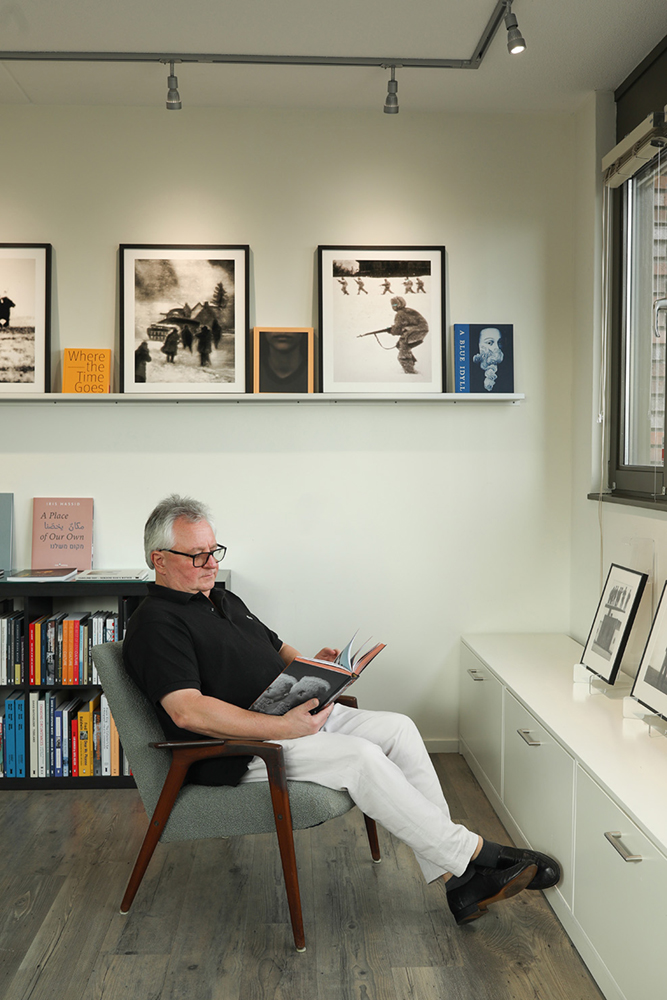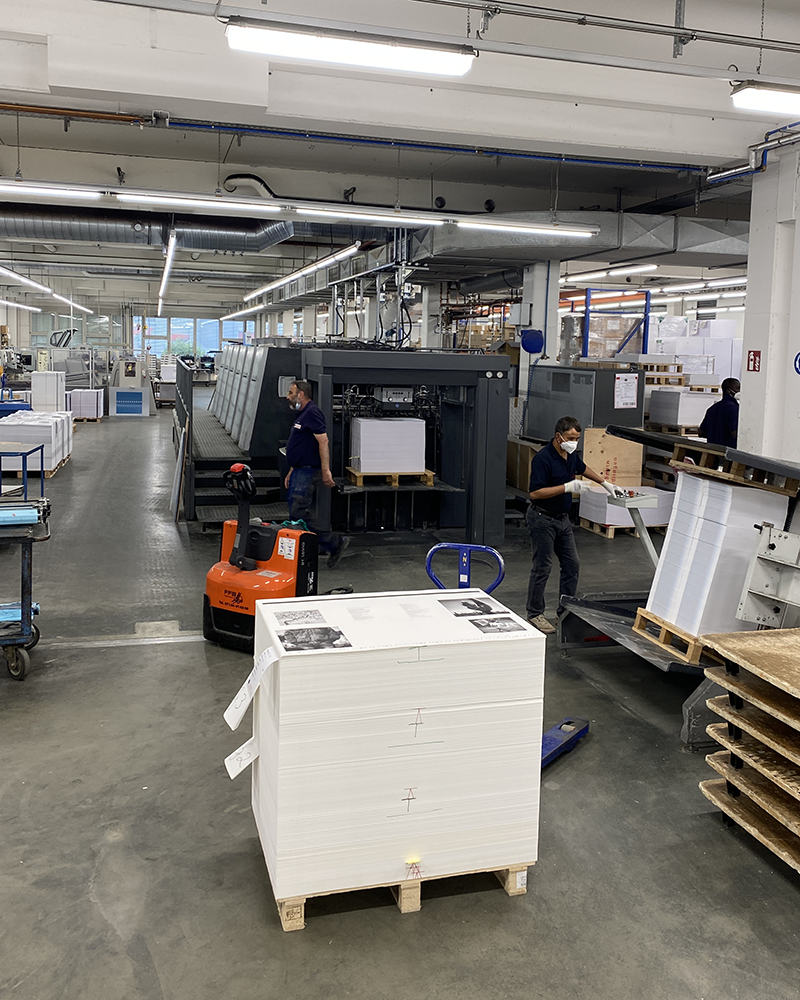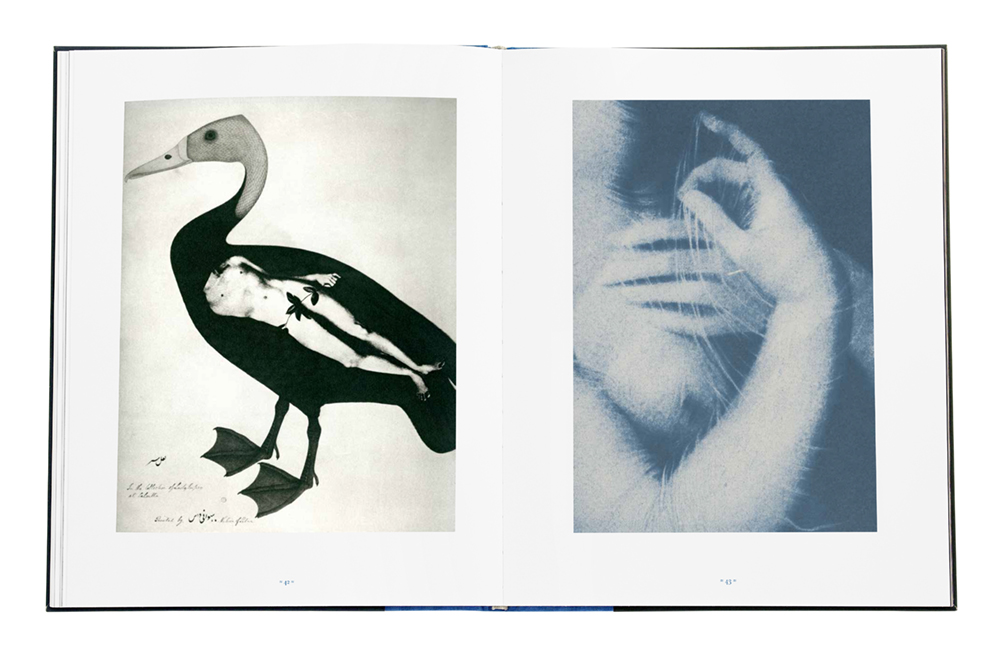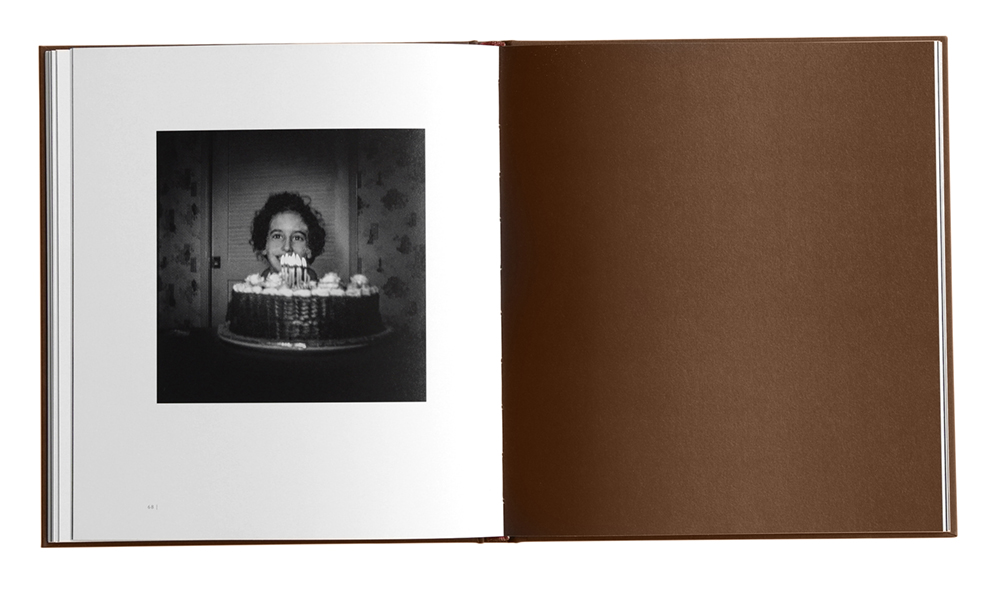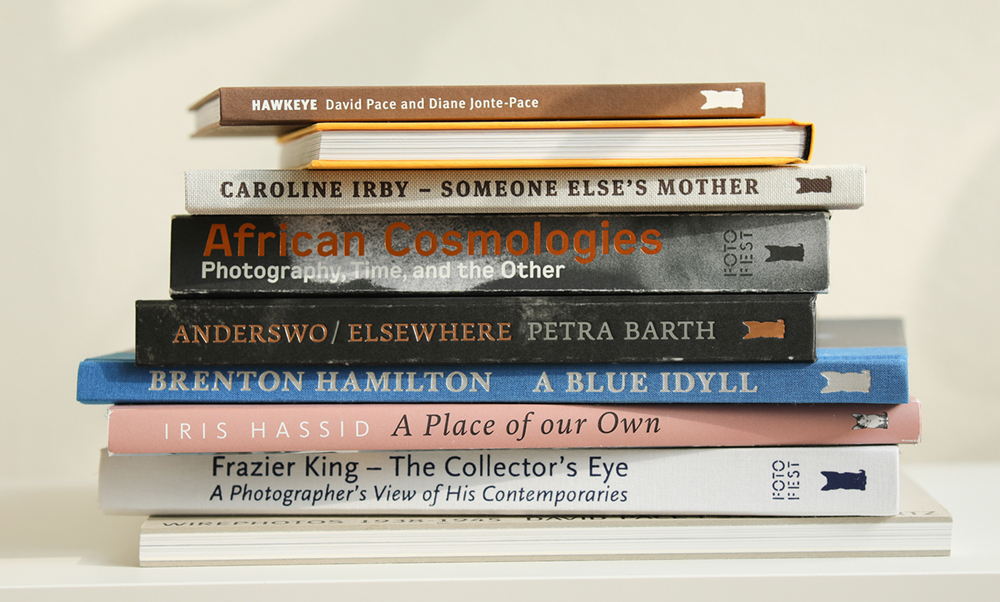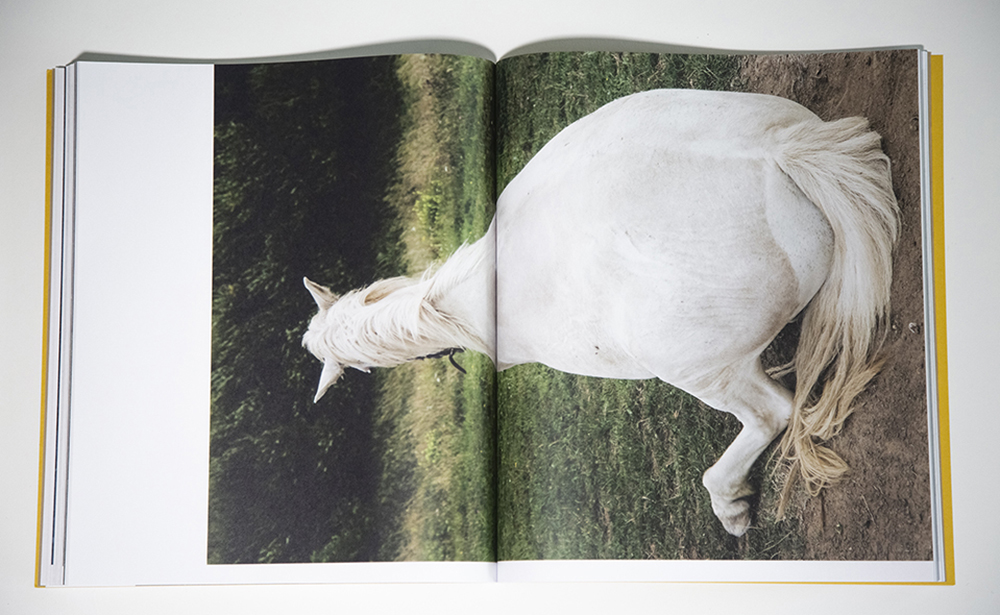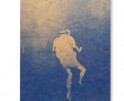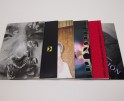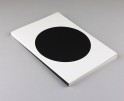Publisher’s Spotlight: Schilt Publishing
This month is all about books on Lenscratch. In order to understand the contemporary photo book landscape, we are interviewing and celebrating significant photography book publishers, large and small, who are elevating photographs on the page through design and unique presentation. We are so grateful for the time and energies these publishers have extended to share their perspectives, missions, and most importantly, their books.
Schilt Publishing & Gallery is a publishing house specializing in high quality photography and art books as well as a commercial gallery representing a range of top class artists from all over the world.
The aim of the company is to offer a worldwide platform for its artists as well as being a family of artists in the old-fashioned way. They do not only publish books and market those through our offices in the USA, the UK and the Netherlands, but also actively working together with our artists to help them with their careers. They search for instance for exhibition possibilities in different countries both in public and commercial galleries. Also because of that, they operate in close cooperation with galleries in other countries as well as photography festivals. They organize exhibitions in their gallery in Amsterdam about four times a year, and an online exhibition that changes every month. Our online print shop offers a changing selection of beautiful, limited edition, signed artwork.
Schilt Publishing & Gallery is the publisher of FotoFest International in Houston, Texas. The cooperation with this fine photography institution cannot be underestimated and they are therefore extremely proud and thankful for the trust they give them. Please browse their website to get an idea about the variety and the quality of the books and special editions they publish.
Today photographer Sarah Hadley is in conversation with publisher and gallerist, Maarten Schilt.
Follow on Instagram: @schilt_publishing
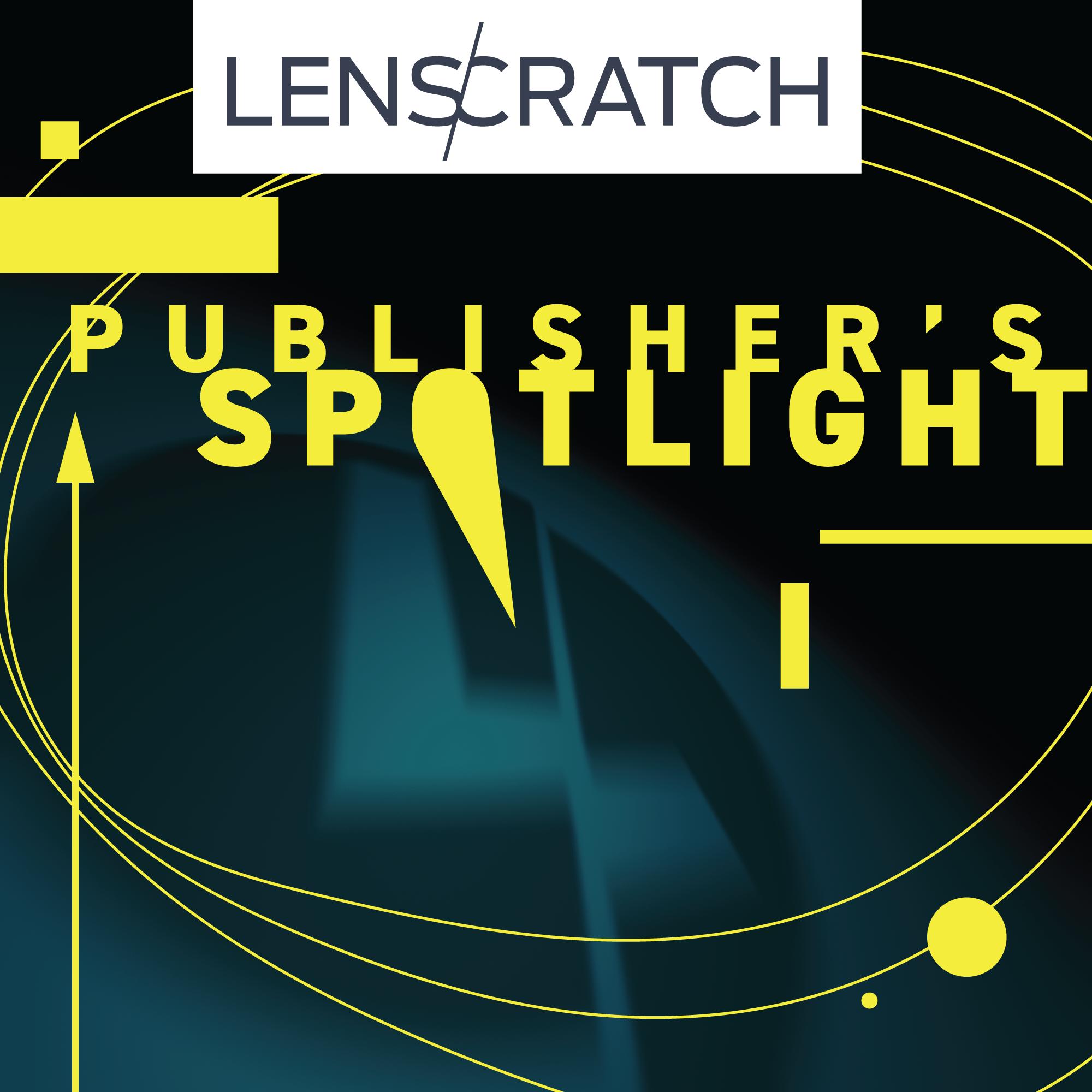
What was the first book you published, and what did you learn from that experience?
I started publishing in 1989 and exactly a decade later I published our first photo book, www.tibet.chin.com by Kadir van Lohuizen (who later became one of the founders of Noor Images). The publishing house I worked for in those days together with a business partner, published general non-fiction books (in Dutch) mainly about 20th century history, journalism and topical subjects. We decided to do this photo book because it fitted subject wise with what we were publishing and because Kadir had his studio in the same building where our office was located so we knew him personally.
Kadir was and is a gifted photographer (we published three more books together), but before he asked us if we were interested in his Tibet project we never thought of publishing photo books. For us it was almost something from another world and also way more expensive to produce in comparison to the text books or illustrated books we were used to make. The first thing my business partner and I said to each other was: Jesus Christ, a photo book! Are we getting nuts?
But times were very different then; we printed 2,000 copies, only in Dutch, and sold them all within about a year.
So it tasted like more and within a couple of years I (it was from the beginning on more my cup of tea then that of my business partner) published quite some photo books. All journalistic-documentary projects, connected to the rest of our list.
From 2003 on I started making many co-productions, meaning I sold our books to publishers in other countries and produced them together in quite some different language editions. And I sometimes bought books from foreign colleagues also to co-publish in Dutch.
In the end this first book from Kadir was the reason that I started publishing photo books full-time within the next decade. When I decided to split up with my business partner and in 2009 erected Schilt Publishing with my wife Maria Louise Schilt, this new publishing house was almost totally directed to photography and publishing almost only in English. And it still is, though times have changed and photo book publishing with it, as we all know.
What is your mission as a publisher?
As long as we all continue to refuse to accept mediocrity, a wonderful future lies ahead of us!
How big is your organization?
It is small and that is how I prefer it to be: me, being the acquiring publisher (and gallerist), my Publishing Assistant & Marketing Manager Dana Rakhim, and my wife and business partner Maria Louise Schilt who is my general sounding board (she has her own business aside). For the rest I work with independent people having their own businesses. The most important is designer Victor Levie who creates most of my books in his own breathtaking way (Levievandermeer, Amsterdam). Also, my printing & logistics manager Frank Heltsche (Komeso, Stuttgart) plays an incredibly important role in making our exquisite books by thinking with us about technical solutions, taking care of all contacts with printing houses and binderies, supervising pre-press, being at the printing press with me and the photographers and taking care of flawless transportation of our books to us and our distributors worldwide.
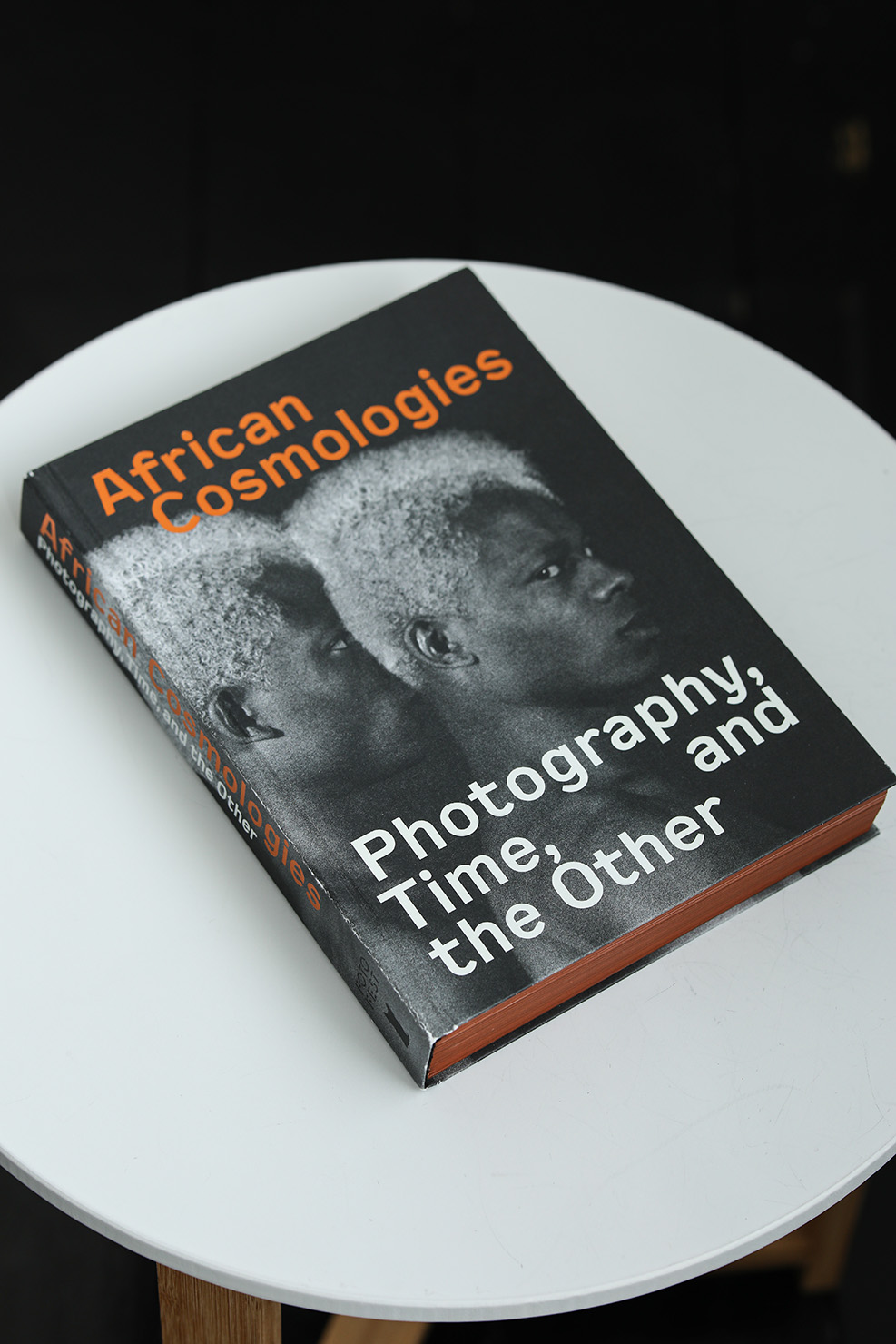
‘African Cosmologies – Photography, Time and the Other’ by FotoFest. Courtesy of Schilt Publishing & Gallery
What are the difficulties that publisher’s face?
They are endless I’m afraid. The main one which is causing many other severe problems is an incredible overproduction of thousands and thousands of – mostly useless – new titles year after year which causes a huge market disturbance. It kills possible worldwide success especially of books by lesser known photographers (or artists in general). I used to publish and sell great books even by unknown or not well-known photographers; print runs between roughly 4,000 and 25,000 copies in 4 to 7 different language editions were no exception. Nowadays I read about “very successful” (self-published or not) books and then the print run is between 200 and 500 copies… In my opinion this has nothing to do with serious publishing; it is hobbyism.
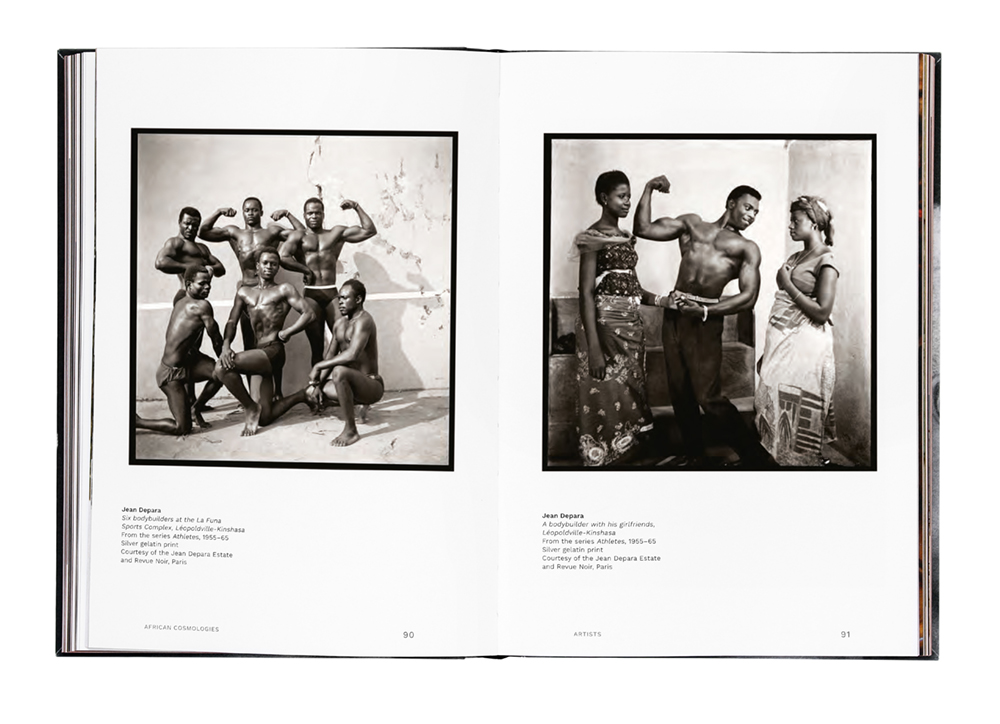
Spread from Jean Depara in ‘African Cosmologies – Photography, Time and the Other’ by FotoFest. Courtesy of Schilt Publishing & Gallery
Are there any publishing projects that have been particular meaningful to you?
I can’t answer that question well I’m afraid. I try to publish meaningful books all the time because why should I do otherwise? Mediocrity is forbidden here!
I do value very much two-way street loyalty and close collaboration, both towards and with artists as well as towards and with organizations. Speaking about the latter: the in the meantime more than a decade long relationship with FotoFest, Inc. in Houston is priceless. Not only because of the wonderful books we publish together but also because of the mer à boire of friendships, contacts and artists. Maria Louise and I always call Houston our second home. We love it and we love the many lifelong friends we made there.
What upcoming projects are you excited about?
It’s a cliché but a true one: the next book. We just printed artivist Jan Banning’s incredibly important book The Verdict – The Christina Boyer Case . The accompanying exhibition is in the making and will be opened January 15, 2022 at the Nederlands Foto Museum, Rotterdam. It will afterwards travel also to the U.S.A. Seen the subject of the book that is a necessity.
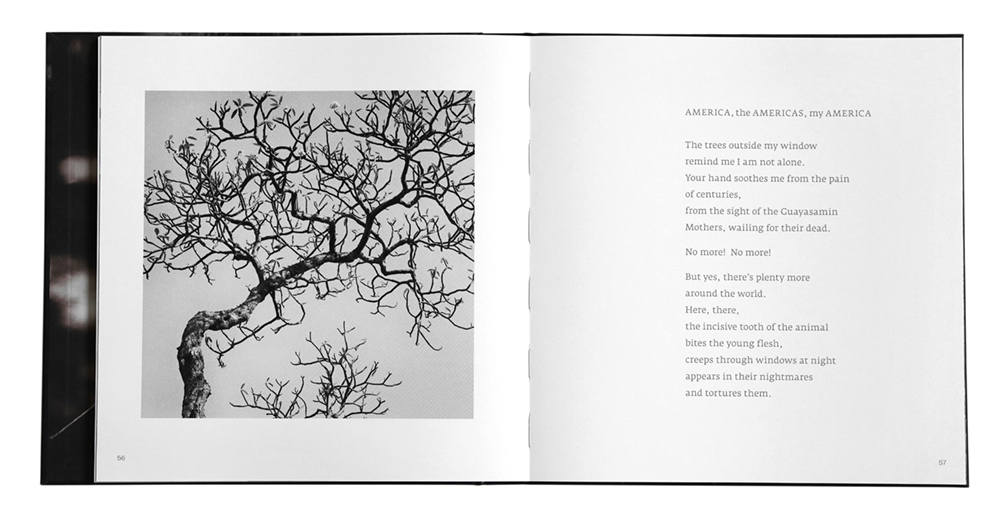
Anderswo / Elsewhere’ by Petra Barth. Poem by Milagros Terán. Courtesy of Schilt Publishing & Gallery
How many books do you publish a year, and how do you choose which projects to publish? Do you have a specific focus?
I have published within Schilt Publishing about 130 different titles, so on average approximately 12 books per year.
Projects come to me in different ways: I contact artists myself, review work all over the world (and lately also online), I am being pointed towards artists by other artists (speaking about friendship and loyalty!) and I receive countless requests (I’ll get back to that).
My focus is on documentary photography and on art photography with a documentary background or at least starting point. I must be able to understand it. A story should be told, otherwise it becomes for me a portfolio between covers.
The books I publish should one way or the other belong together, the secret of list building in publishing. Well, secret… it is the basis of a good publishing house: the list should be clear. The audience must be able to think: Ah, yes, not surprisingly a Schilt Publishing book!
Basically, I follow my instinct. I have made my mistakes of course, but generally my instinct still doesn’t let me down. The moment it does, I should start doing something else.
How can an artist get their work in front of you? Do you have any advice for photographers?
See earlier about how I choose projects/books.
Photographers should be aware that their emails will be destroyed if they are sending them without asking in advance, while also being even too lazy to check my name and start an email with: “Dear Schilt team” or “Hello” or something like that. That is a shame which I cannot accept of course. I receive hundreds of requests formulated like that every month. Quite shocking actually. It lacks the basic rules of politeness and respect which are necessary for normal communication, or generally in life for that matter. Besides, I know these emails are being send at the same time to (many) more publishers. It’s like shooting with buckshot.
I don’t really understand why I need to explain to photographers how to approach a publisher or anybody else for that matter. My father – who was a (non-fiction) publisher also by the way – always said: “If you haven’t learned anything at school you should ask your tuition fees back.”
Knowing how complicated selling photo books is these days and how closely we have to work with artists on the marketing etc. to at least give it the best shot means it is clear. I will never even think about publishing a book with someone who is not able to write a normal, well-prepared letter to start with. And an email is a letter too.
What is the typical timeline of a project, from the beginning to the finished product?
Typically, about one to two years. Though it can also be less. We are publishing now our third superb book by Californian photographer Kirk Crippens, called So Long. I decided, because it is so special, to use our email exchange from his first email to us informing us about his new project (dated March 16, 2021) until my email to Kirk saying (designer) Victor and I want to Zoom with him in order to discuss how to create the book (dated March 24, 2021). So the decision to publish took only eight days and six emails! (Though some of those quite extensive; we used the back cover, front flap and back flap to print the emails on.) We printed the book September 6-7, it arrived in my office about one month later, early October. It will arrive at our warehouse in the U.S. any day now while I am writing this, November 23d, 2021. So from first contact to ready book in my office only seven months! But this is an exception of course, I know Kirk already quite a while and we made two beautiful books before.
Nevertheless an exceptional example of an exceptional book from an exceptional artist produced within an exceptional time frame!
How collaborative is the design process with the artist?
Very collaborative! I can’t imagine making a book without doing so. That is also why I really like working with Victor Levie as our main designer. He edits and designs for and with the artist, not for himself. But the couple of other designers we also work with do the same. As said, I can’t imagine any other way.
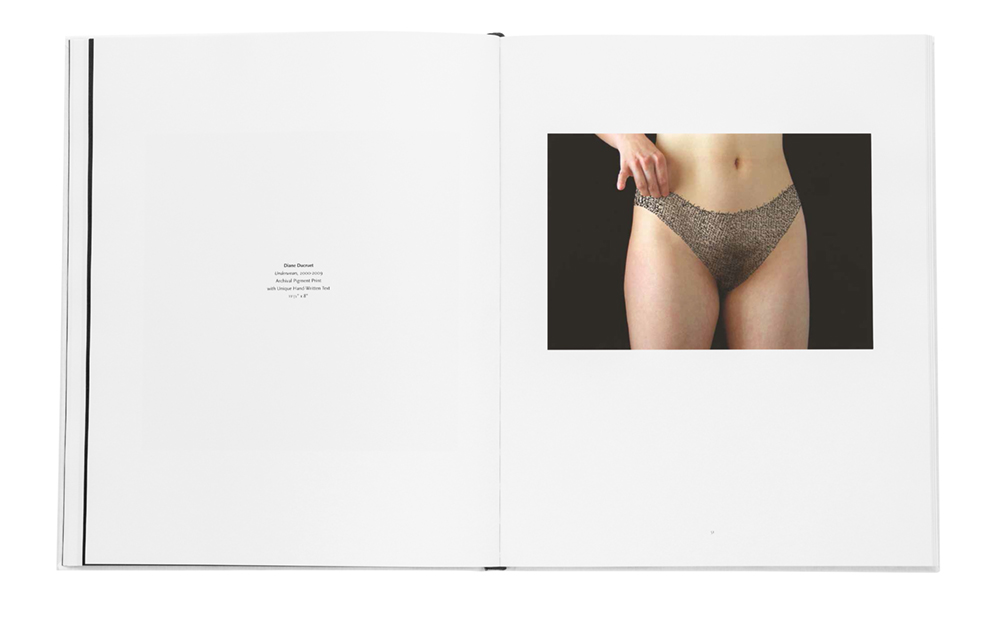
Spread from Diane Ducruet in ‘The Collector’s Eye – A Photographer’s View of His Contemporaries’ by Frazier King. Courtesy of Schilt Publishing & Gallery
How is the financial side of the project structured between publisher and artist? Does the artist contribute to production cost?
Bluntly the answer on the second question is yes. This doesn’t mean that the money has to come from the artist’s pocket, but is has at least to come via the artist. We do help however we can of course, but the reality is that donations are not given to publishers but to artists. Who then can transfer it to us so we can produce the book without financial disaster.
Because that is what has changed completely in the last years. I spoke earlier about how I used to publish high print runs in several language editions. In those days I paid everything 110%. Including all travel expenses like air fares hotels, meals, etc. And royalties on every sold copy of course, as well as advances on royalties.
That is what I hate about the situation now. The overproduction of photo books combined with the financial crisis which ended around 2011 (but kept changing the credit system for companies like publishing houses forever as it looks now) and the current Covid crisis on top has made it completely impossible for us to invest in any book in a normal way as a business should do and as I was used to do for decades.
Another big problem is the overwhelming power of distributors and especially big retailers like Amazon (though Amazon is certainly not the only one; the internet itself and its main players have created a war zone for any serious producer of goods, like a serious publishing house). Together they eat up approximately 72% of the official retail price I maximum can ask for a book. The remaining 28% is by far not enough to cover the production costs let alone all the other costs we have. Hence we would lose a lot of money with every book we make and would go bankrupt in no time if I would finance our books like I used to. That is in nobody’s interest of course, also not of the artists who want to be published by us; they should be as sure as possible that the company is safe and sound.
But I hate it and I will never get used to it. It is my constant nightmare to have to work in this way. I know that almost all artists these days are aware this is reality if you want to get a book published. But for me it remains an unreal disgrace.
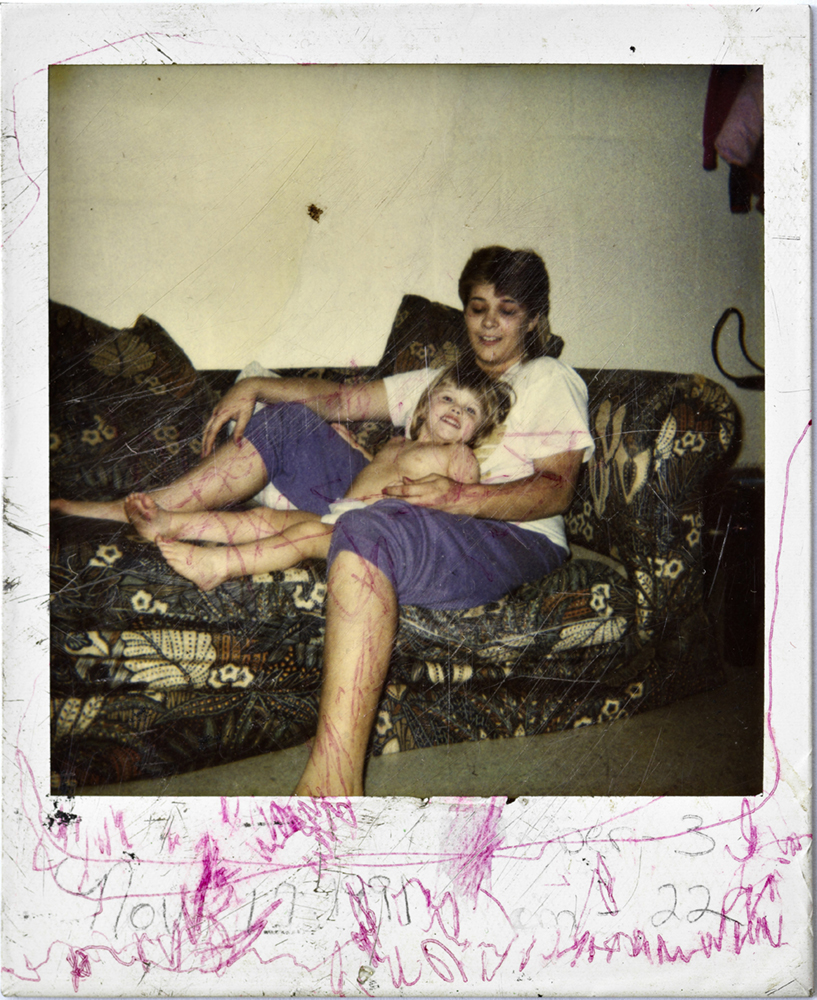
Polaroid photograph from Christina Boyer’s family archive, in ‘The Verdict – The Christina Boyer Case’ by Jan Banning. Photo by Jan Banning
What support do you give artists in terms of marketing or distribution? Do you attend book fairs?
We do not publish a lot of books and give every book our utmost attention marketing wise. We distribute worldwide via two big distributors (Ingram for North America and Thames & Hudson for the rest of the world). That is quite exceptional for a relatively small publishing house like ours. We can deliver books all over the world.
My marketing manager Dana Rakhim works incredibly hard to get attention in printed and online media for all our books all over the world. She works closely together with the artists. (Again, we would not want to work in any other way; it is all about close collaboration.) Dana is very smart and thus also capable of producing highly intelligent social media content as well as for instance newsletters etc. I can say without any hesitation that she is top notch! I am extremely proud of her and very happy to have her in my team. And I know my artists love to work with her. That says enough.
I hardly attend book fairs in the sense of having a booth at such fairs. Mostly the sales do not cover the (often very high) costs. Besides, there are too many books (again) at such fairs and people do travel with as little luggage as possible these days so they don’t buy a lot and certainly not books for they are heavy, aren’t they. They mostly just look at books, it can be like an exhibition almost. But apart from the odd exception it only costs money and functions as a showcase. Last but not least I also don’t need fairs as an acquisition tool.
So we concentrate on worldwide marketing and sales and are also very active on social media and with our website. (Of course, the internet also creates interesting possibilities we did not have before, though also did not need then.) We ship free of charge worldwide on all orders from €60, – on. That is quite exceptional too. Some publishers don’t ship internationally or have complicated shipping costs systems on top of the retail price of books. We don’t, we keep it very simple and cheap. Shipping costs should never be a hurdle for anybody wanting to order a book from us.
And if they still think it is too expensive then there’s always good old Amazon easily offering 35% discount. Though be careful: I have seen prices on Amazon for some of our (rare) books which are way higher than what we charge on our website!
One thing is for sure: publishing photo books has become a complicated and weird business.
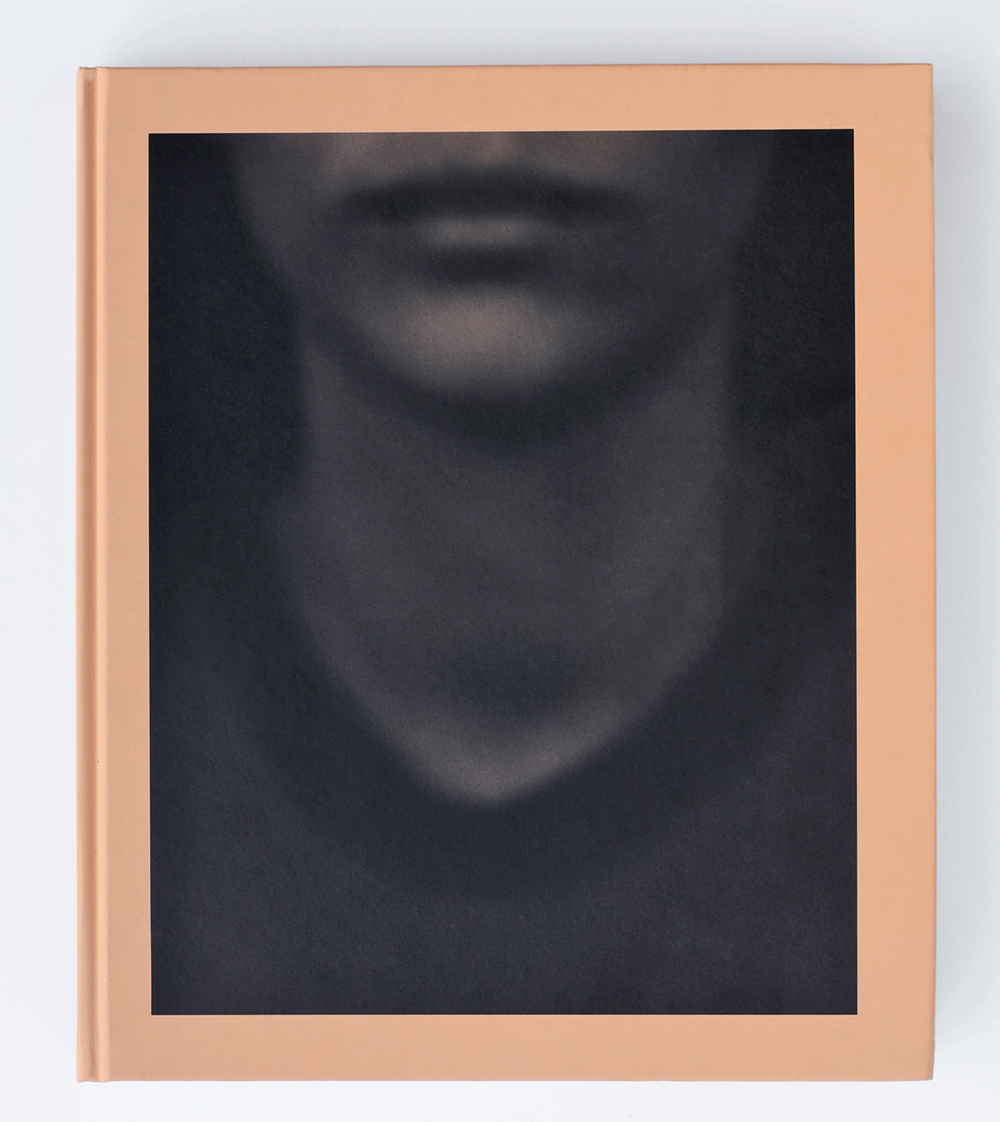
Keeper of the Hearth’ by ed. Odette England. Photo on the cover by Bill Jacobson. Courtesy of Schilt Publishing & Gallery
Sarah Hadley is a Los Angeles based artist whose narrative work focuses on issues of memory, place and identity. Originally from Boston, Hadley received degrees in Art History and Italian from Georgetown University, and Photography from the Corcoran College of Art. She lived in Washington DC, Italy and the UK before moving to Chicago where she founded the Filter Photo Festival in 2009. Hadley has received grants from the Illinois Arts Council, the Chicago Artist Foundation, the California Center for Cultural Innovation, as well as several Fellowships from the Ragdale Foundation. Her work has been exhibited in solo shows in museums and galleries throughout the US including Afterimage Gallery, the Loyola Museum of Art, the Griffin Museum of Photography as well as shown in photo festivals in France, China, Australia, India and Portugal. Hadley’s work has also been featured in numerous magazines, blogs and publications, and is held in public and private collections worldwide. In 2020, her first monograph Lost Venice was published by Damiani Editore.
Instagram: @sarahhadleystudio
Posts on Lenscratch may not be reproduced without the permission of the Lenscratch staff and the photographer.
Recommended
-
Publisher’s Spotlight: Smog PressJanuary 3rd, 2024
-
Publisher’s Spotlight: Kult BooksNovember 10th, 2023
-
Publisher’s Spotlight: ‘cademy BooksJune 25th, 2023
-
Publisher’s Spotlight: Brown Owl PressDecember 10th, 2022
-
Publisher’s Spotlight: DOOKSSeptember 26th, 2022

